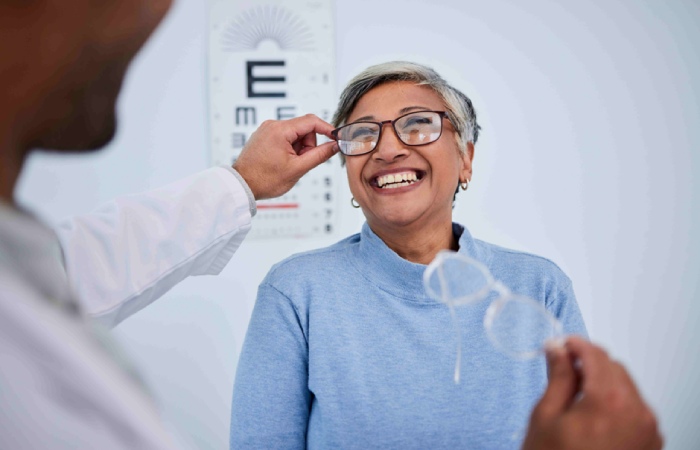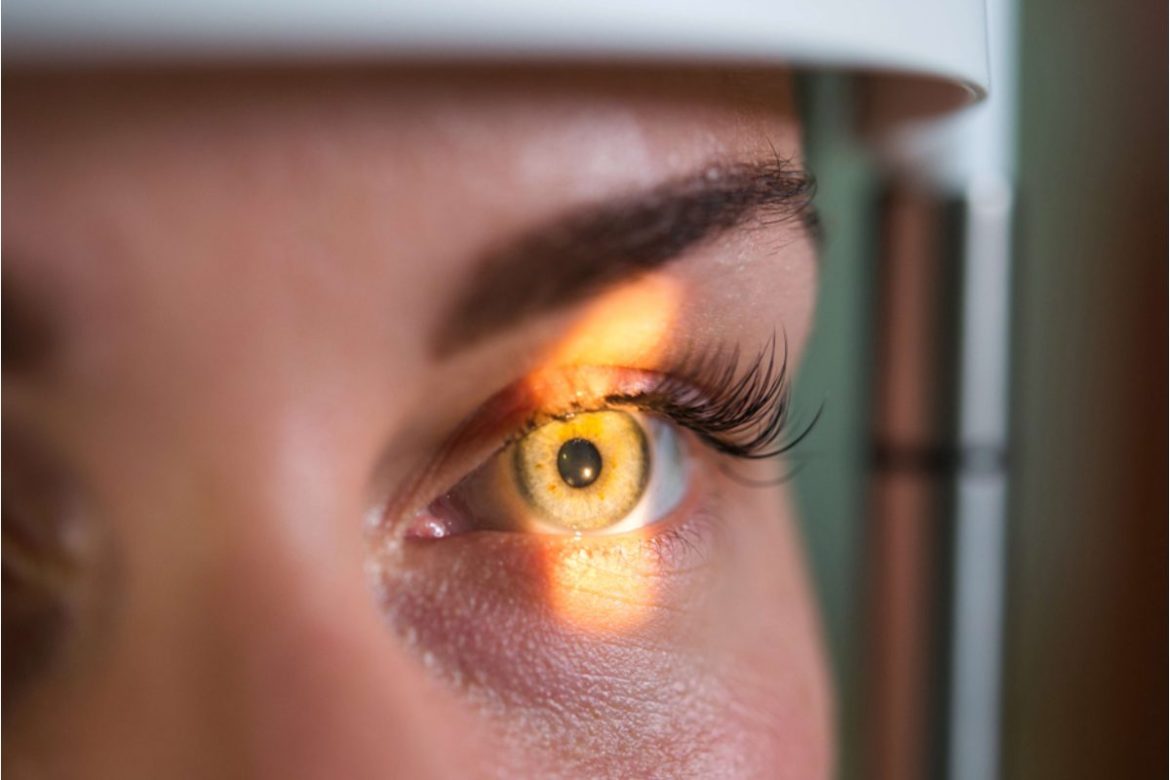An eye exam is a crucial part of maintaining overall health and ensuring that one’s vision remains sharp. Many people in Canada may not realize how important it is to have regular eye exams, even if they don’t currently need corrective lenses. Eye exams offer an in-depth look into the eyes’ health, often providing early detection for various conditions, from simple refractive errors to more severe eye diseases.Eye exams offer an in-depth look into the eyes’ health, often providing early detection for various conditions. For those planning to have an eye exam in Midtown, Toronto, knowing what to expect can help ease any concerns and allow for better preparation.
Preparing for Your Appointment
Eye exams are essential for several reasons, beyond simply checking for nearsightedness or farsightedness. Regular eye exams help in detecting conditions such as glaucoma, macular degeneration, and cataracts, which might develop without noticeable symptoms. Eye exams can also reveal health issues unrelated to vision like high blood pressure or diabetes as certain signs manifest in the eyes.
Before scheduling an eye exam in Midtown, patients should gather relevant information about their medical history, including any family history of eye conditions. It’s advisable to bring current prescription eyewear, sunglasses, or contact lenses to the appointment. Making a list of any vision-related concerns or symptoms can help ensure a thorough examination.
Taking proactive steps in preparation for the appointment significantly enhances the quality and efficiency of the examination process. Patients should also consider scheduling their appointment at a time when they can be relaxed and unhurried, as some tests require concentration and careful attention to detail.
Initial Assessment and Patient History
The examination begins with a detailed discussion of the patient’s medical history, current medications, lifestyle factors, and any vision problems they may be experiencing. This information helps eye care professionals tailor the examination to address specific concerns and risk factors. Understanding a patient’s complete health profile is crucial as many systemic conditions can affect eye health. Conditions such as diabetes, high blood pressure, and autoimmune disorders can significantly impact vision and require special attention during the examination.
Pre-Examination Testing
Before the main eye exam begins, there are often preliminary tests conducted by a technician. These tests provide baseline information about vision health. One common preliminary test is the visual acuity test where patients read from a Snellen chart to determine their ability to see objects at various distances. A depth perception test may also be performed, assessing the eyes’ ability to judge spatial relationships. Additionally, a color blindness test might be conducted to check for any deficiencies in color perception. These tests are simple and painless, yet they provide valuable data for the eye care professional.

Eye Muscle Testing and Pupil Response
An eye care professional will conduct eye muscle testing to assess the movement and coordination of the eye muscles. This is especially relevant if patients have experienced double vision or if their eyes tend to move abnormally. To check eye alignment and how well the eyes work together, a cover test may be used. During this test, one eye is covered while focusing on a target, then the process is repeated with the other eye to see if there is any misalignment. Pupil response is also tested by shining a light into each eye and observing the pupils’ reactions. Healthy pupils should constrict quickly and equally in response to light.
Refraction Test for Determining Prescription Needs
Another part of most eye exams is the refraction test, which determines if a person needs prescription eyeglasses or contact lenses. The refraction test is particularly useful for those who’ve noticed blurry vision or struggle with focus at specific distances. Using a device called a phoropter, the eye doctor will alternate between lenses, asking which one provides the clearest view. By assessing responses, the eye doctor can determine the level of refractive error, such as nearsightedness, farsightedness, or astigmatism. The refraction test results will indicate the prescription strength required if corrective lenses are needed.
Visual Field Testing
Peripheral vision, or the ability to see objects outside the direct line of sight, is important for many daily activities, from driving to avoiding obstacles while walking. A visual field test assesses the range of vision and checks for any gaps or blind spots. This test is crucial for identifying conditions that can affect peripheral vision. One common method used in visual field testing is the confrontational visual field exam where the patient covers one eye and looks straight ahead while the doctor brings an object into the patient’s field of view from different directions.
Conclusion
An eye exam in Midtown is a comprehensive process designed to assess all aspects of eye health and vision clarity. Each step is significant for ensuring optimal vision and detecting any underlying health conditions. Regular eye exams catch any changes in vision or eye health early on, facilitating timely interventions.


